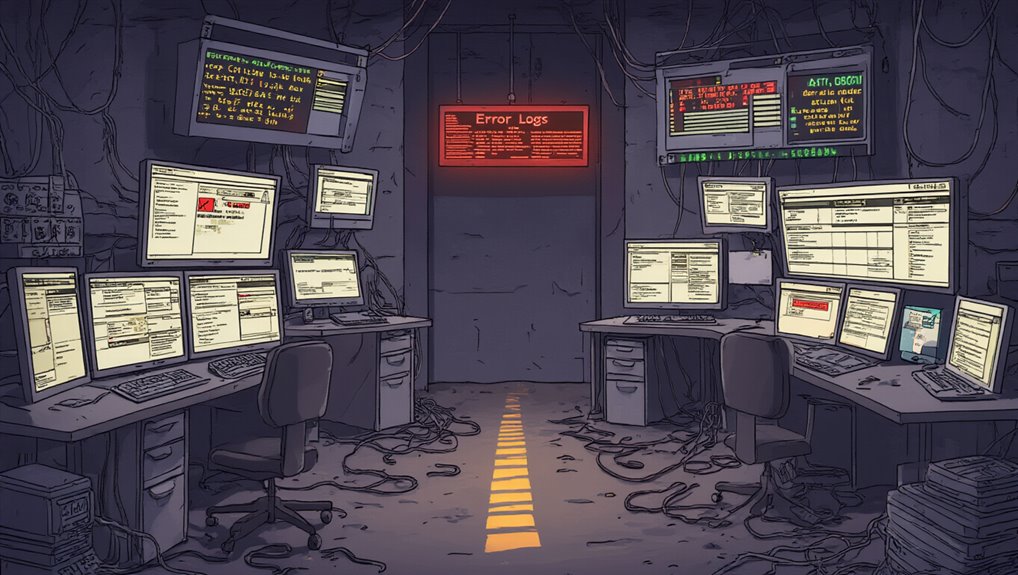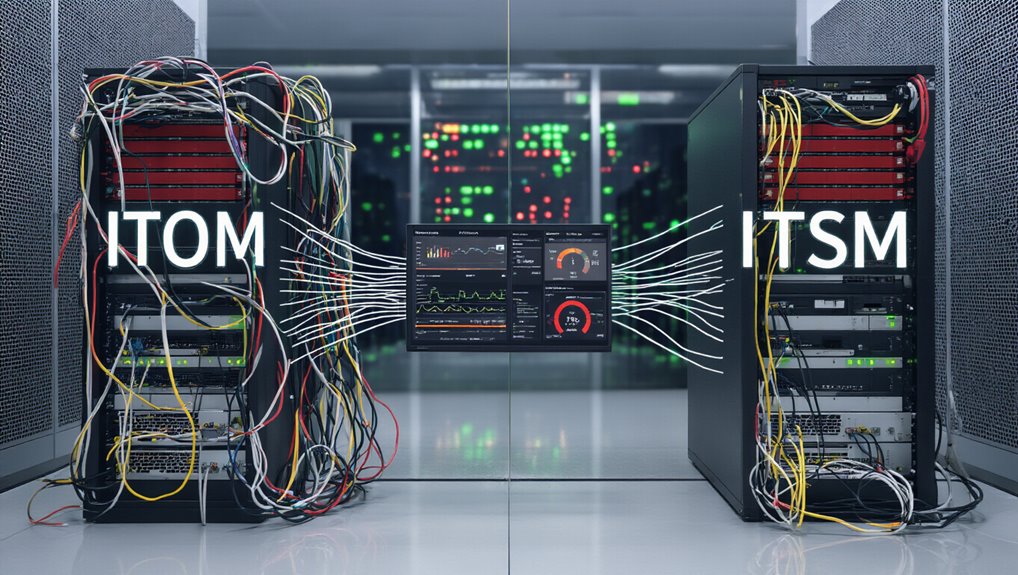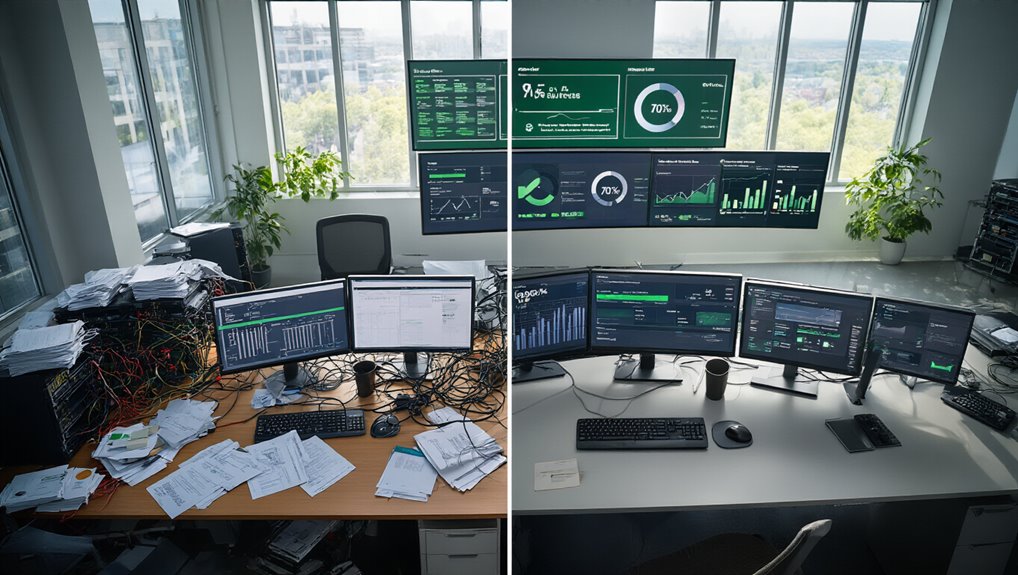Integrating IT service desks with broader management systems transforms how organizations handle technology support and maintenance. When these systems operate in isolation, they create data silos that prevent teams from identifying patterns and resolving underlying issues. Research shows that only 53% of companies leverage real-time user data, leaving nearly half without essential insights that could prevent recurring problems and improve service delivery.
The failure of IT service desks often stems from disjointed incident management processes. When technicians cannot quickly identify and resolve issues, service disruptions extend unnecessarily. Effective incident management requires:
- Prompt issue identification through real-time monitoring
- Clear communication protocols
- Integration with other management processes
Problem management serves as the investigative counterpart to incident handling. Without this integration, organizations miss opportunities to analyze incident patterns and implement permanent fixes. Proactive problem management reduces ticket volume and increases system uptime. Companies that connect these systems can identify the root causes behind recurring issues rather than repeatedly addressing symptoms.
Change management completes this vital triad by ensuring modifications to IT environments proceed smoothly with minimal disruption. Organizations that implement changes without proper planning risk introducing new problems into their systems. An integrated approach allows teams to assess potential impacts before implementation and track results afterward. Organizations implementing AI-powered solutions can achieve MTTR of 15 hours or less, resolving incidents twice as fast as those without such integration. Organizations with standardized ITSM frameworks report greater alignment with industry best practices and improved compliance management.
The benefits of integration extend beyond theoretical improvements. Organizations using integrated systems with automation resolve 22% of tickets automatically at virtually no cost. This efficiency leads to improved performance metrics, with automated tickets achieving a 74.3% first-level resolution rate. Nearly half of office workers find DIY solutions faster than contacting the help desk directly, highlighting the importance of robust self-service options. Additionally, 68% of customers report enhanced service experiences when automation tools are properly implemented.
To succeed, IT service desks must prioritize communication, embrace proactive problem management, and invest in knowledge sharing across teams. By measuring performance through metrics like ticket volume and resolution time, organizations can continuously refine their approaches.
The most successful IT service operations recognize that integration isn’t optional—it’s the foundation upon which reliable, efficient support systems are built.









